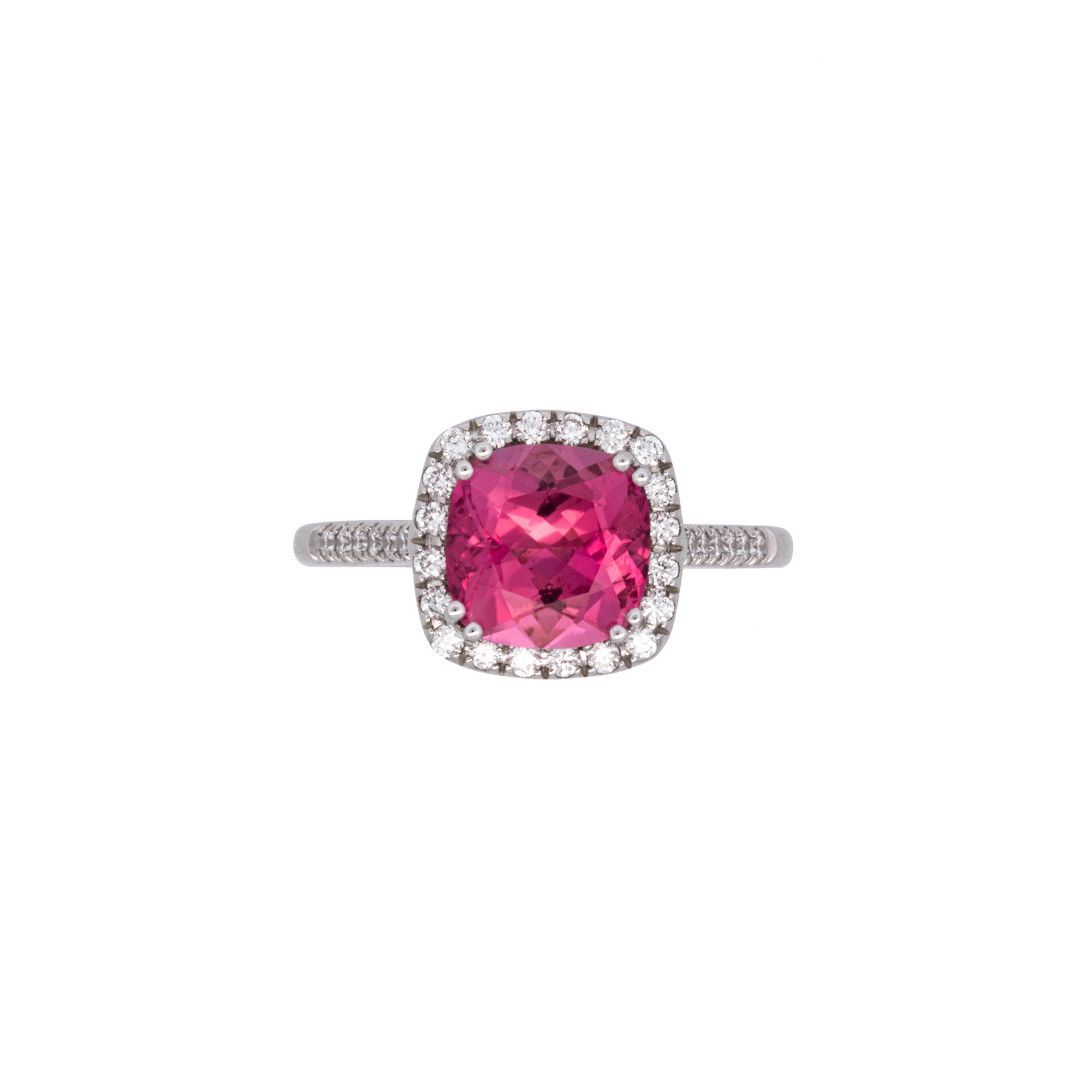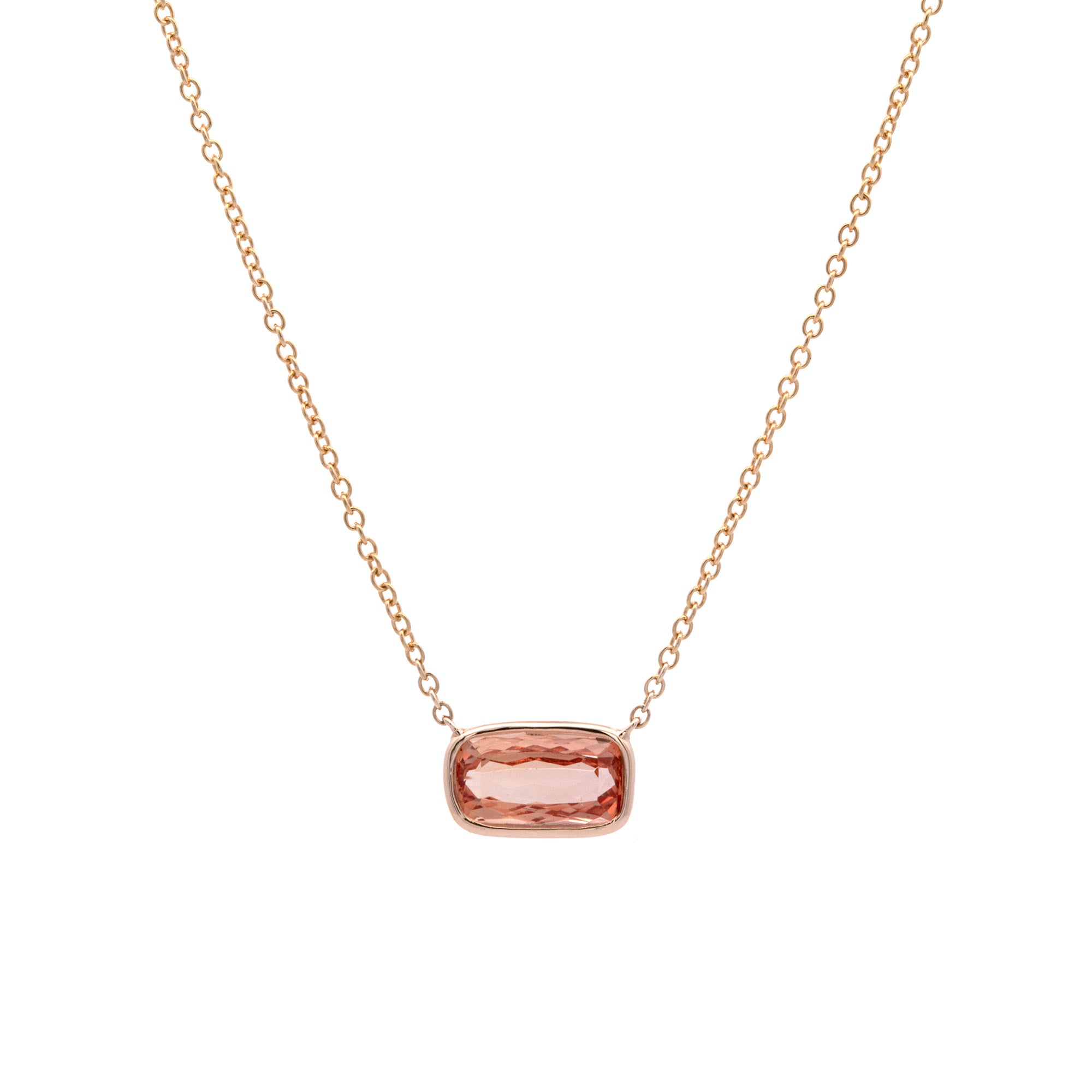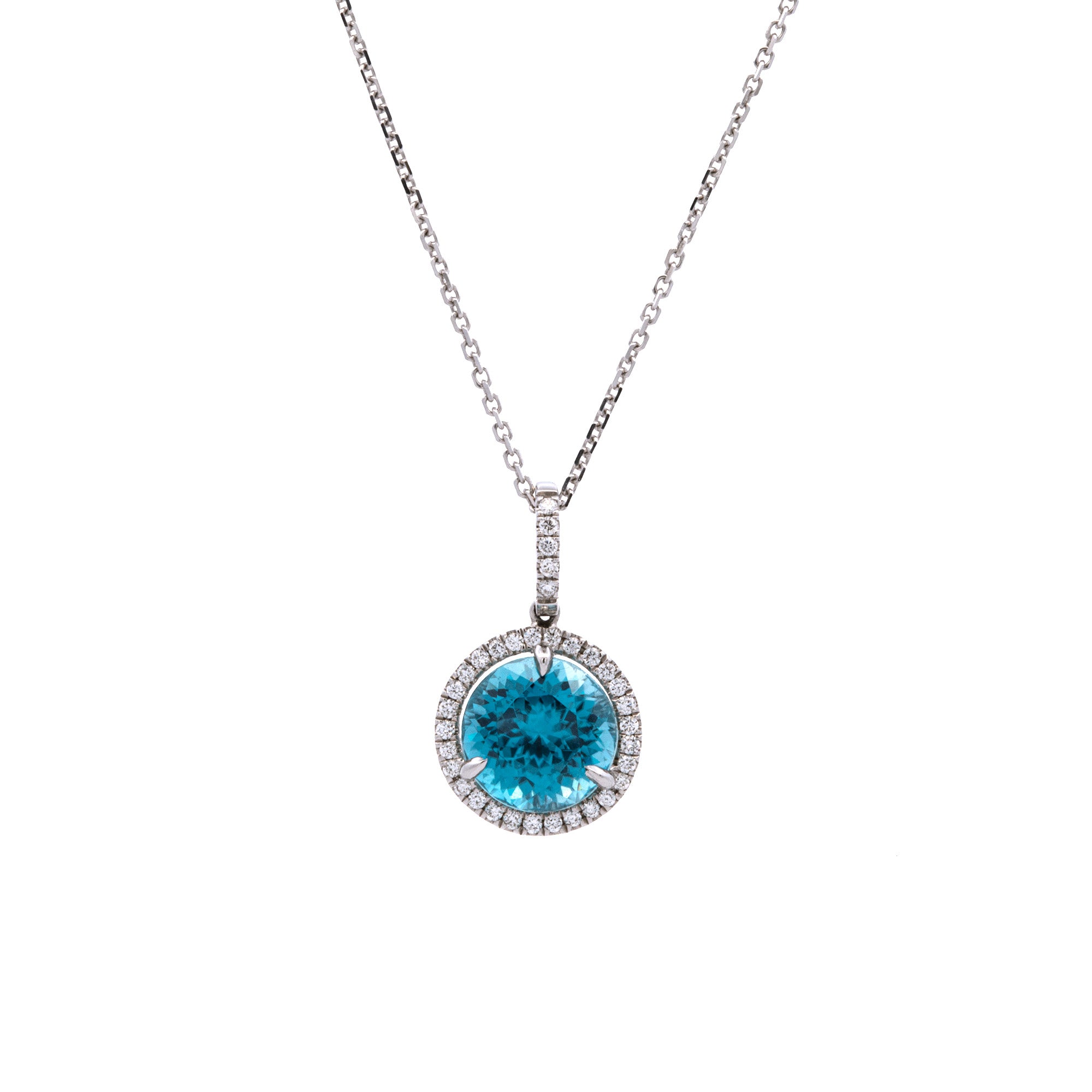October - December 2025
From Our Gemologist
The first question we ask ourselves is why? Why have humans throughout millennia coveted diamonds and gemstones. Rarity. Beauty. They come from the earth – they mesmerize us.
You may not realize what the first thing that draws you to a gemstone is… but, the very first impression a gemstone makes on you is its color. How does the color affect you? Color is THE most important aspect of a gemstone. It is the lure.
So, in this vast and wondrous world of gems … We cherish the big three first and foremost; there is nothing more alluring than a Burmese Ruby, Kashmir Sapphire, or Colombian emerald. These are the most compelling triumvirate – and are Red, Green and Blue – the primary colors. They are the most valuable gems on earth.
Birthstones

Tourmaline: October birthstone and 8th wedding anniversary, 7 to 7.5 on Moh’s scale of hardness
Tourmaline is a Sinhalese word meaning stone with mixed color - it is pleochroic, meaning it can show more than one color. It appeals to everyone as it exists in many hues and varying levels of saturation. Before it was identified as a gemstone, it was often confused with both ruby and emerald as the color saturation of tourmalines can be as vivid and similar to those gems, and it was even called Brazilian emerald at one time. Tourmaline was not identified until the 1800’s when the mineral composition was determined.
Bi-color and tri-color stones are very popular and show off tourmaline’s color range, mostly pink and green. Watermelon tourmaline is green on the inside and pinkish-red on the outside and is often cut in slices to highlight this feature.
Paraiba is a highly valued tourmaline because of its extraordinary color. It was found primarily in Paraiba, Brazil. It is an especially valuable stone (it can cost more than equivalent sized diamonds) that has an exceptional greenish-blue or violet-blue– much like the Caribbean Sea. Chrome tourmaline is a deep, intense green that shows beautifully in jewelry.
Tourmaline is primarily found and mined in Brazil, but is also mined in Afghanistan, Pakistan, Kenya, Madagascar and Mozambique. In the US, fine examples of tourmaline can be found in pegmatites in Maine and California.
Imperial Topaz: November Birthstone; 8 on Moh's Scale of Hardness
Imperial Topaz – Natural Topaz comes in an array of colors including blue, green, yellow, orange, red, pink and purple, and much of it is even colorless. Imperial Topaz is the most expensive variety due to its relative rarity and has a beautiful reddish-orange to orange-red, brownish and pinkish color. It is 8 on the Moh’s scale of hardness just below corundum (sapphire and ruby) so it is very wearable. It is mined in Ouro Preto in Brazil. Topaz, like Andalusite, is pleochroic; it could show more than one color. It is also mined in the Ural Mountains and was named in honor of the Czars in the period where it was a highly prized stone. It has few natural inclusions, so it is usually eye-clean and is so versatile; it is seen in many cuts and sizes.


Zircon: December birthstone; 6 to 7.5 on Moh’s Scale of Hardness
Zircon is a beautiful, natural gem that is found in many colors and is actually the oldest identified gem on earth at 4.4 billion years. It can be heat-treated to become colorless or blue, but in nature it mostly has tones of yellow, strong greens, bright red and earthy brown. Zircon can be a misunderstood stone because consumers mistake it with Cubic Zirconia which is a diamond simulant.
Zircon is known for its fire, especially colorless zircon as it shows even more fire than a diamond does. You can see it in other color stones as well, though it can be masked in darker hues.
Blue Zircon is found in many estate pieces from the Victorian times as it was often used in English jewelry in the 1880’s. George Kunz, Tiffany’s gem buyer in the last century, strongly admired Zircon and tried to promote it by giving it the name ‘Starlite’ in recognition of the
stone’s brilliance.
It is primarily mined in Australia and Sri Lanka and to a lesser degree Myanmar, Vietnam and Cambodia.
It is a great gem for jewelry, but its facet junctions can abrade so it is best to take care while playing sports.
